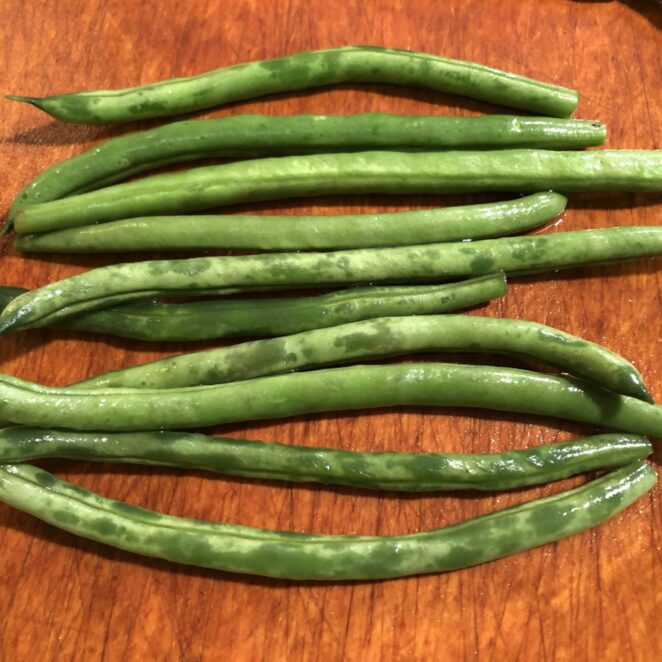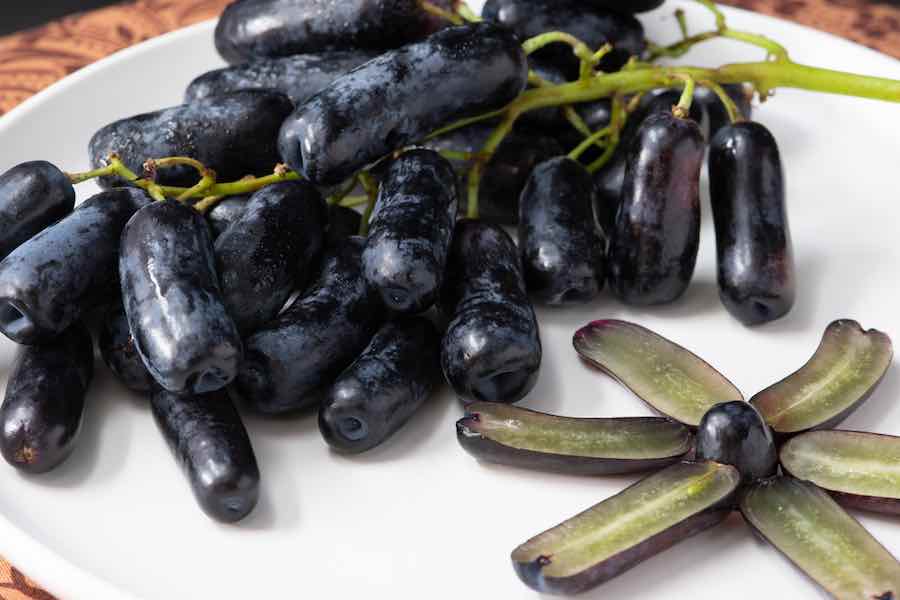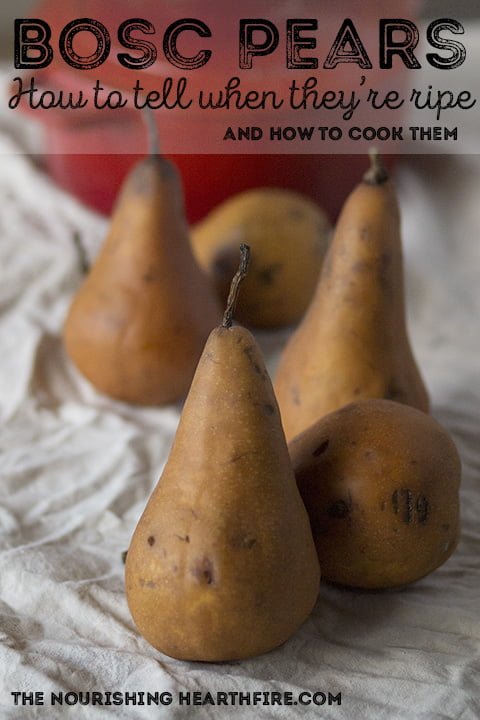Have you ever wondered why green beans tend to turn slimy when cooked? It’s a strange phenomenon that many of us have encountered while attempting to make a delicious batch of fresh green beans. Well, the answer lies in a natural compound called pectin. When green beans are exposed to heat during the cooking process, pectin starts to break down and release a sticky substance, resulting in that unpleasant slimy texture. But fear not, there are methods to avoid this sliminess and enjoy perfectly cooked green beans. Let’s explore the science behind it and uncover some handy tips and tricks along the way.
Why do green beans become slimy when cooked
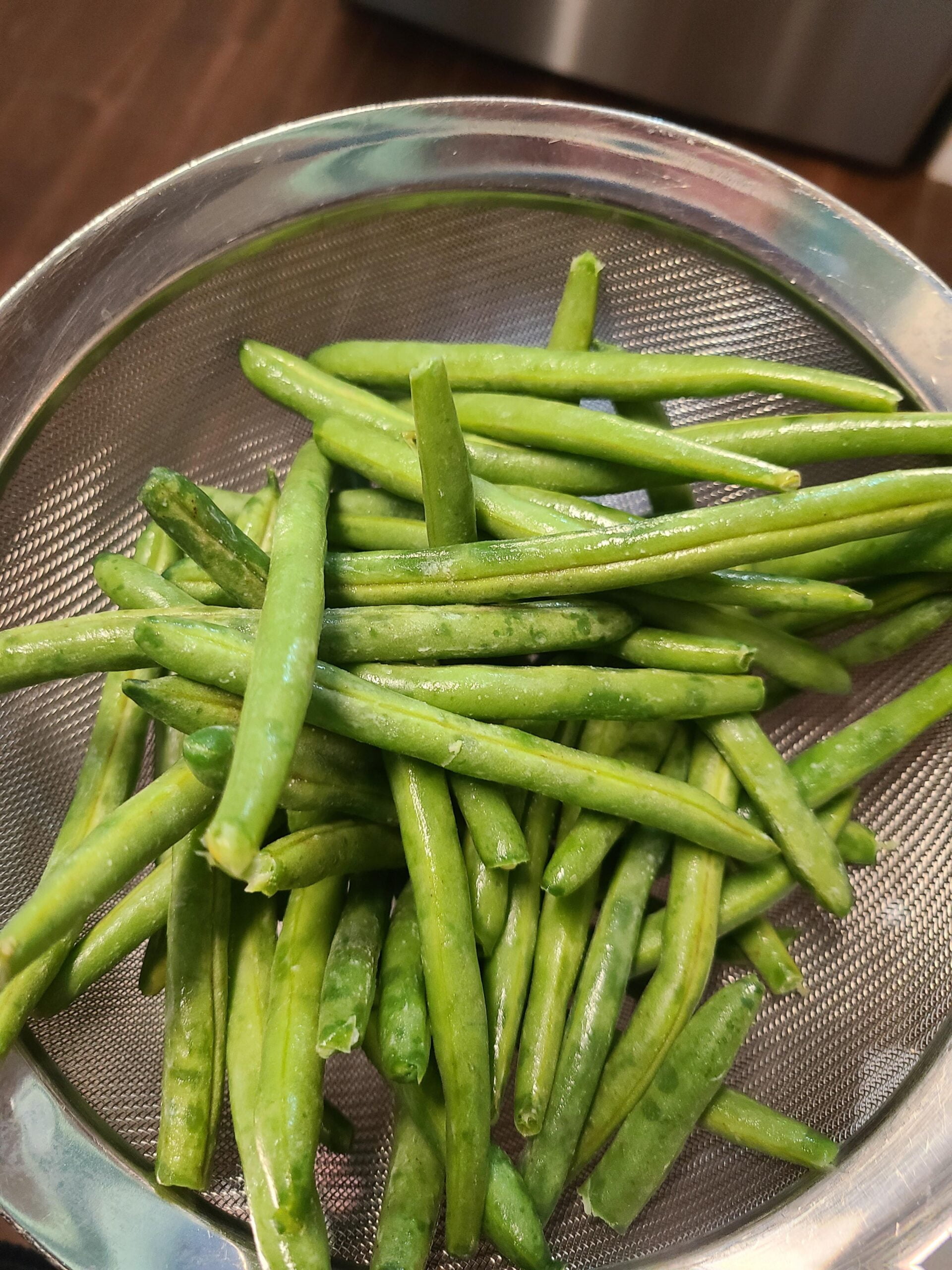
Overview of green beans
Green beans, also known as string beans, are a popular vegetable enjoyed for their crisp texture and vibrant color. These legumes belong to the same family as peas and lentils and come in various varieties such as snap beans, French beans, and runner beans. They are a staple in many cuisines around the world and are valued for their nutritional content and versatility in cooking.
The slimy texture
When green beans are cooked, they can sometimes develop a slimy texture that is unappetizing to many individuals. This sliminess can affect the overall enjoyment of the dish, leading to questions about why it occurs and how to prevent it. Understanding the reasons behind this sliminess can help in improving the cooking experience and ensuring that green beans retain their desirable qualities when prepared.
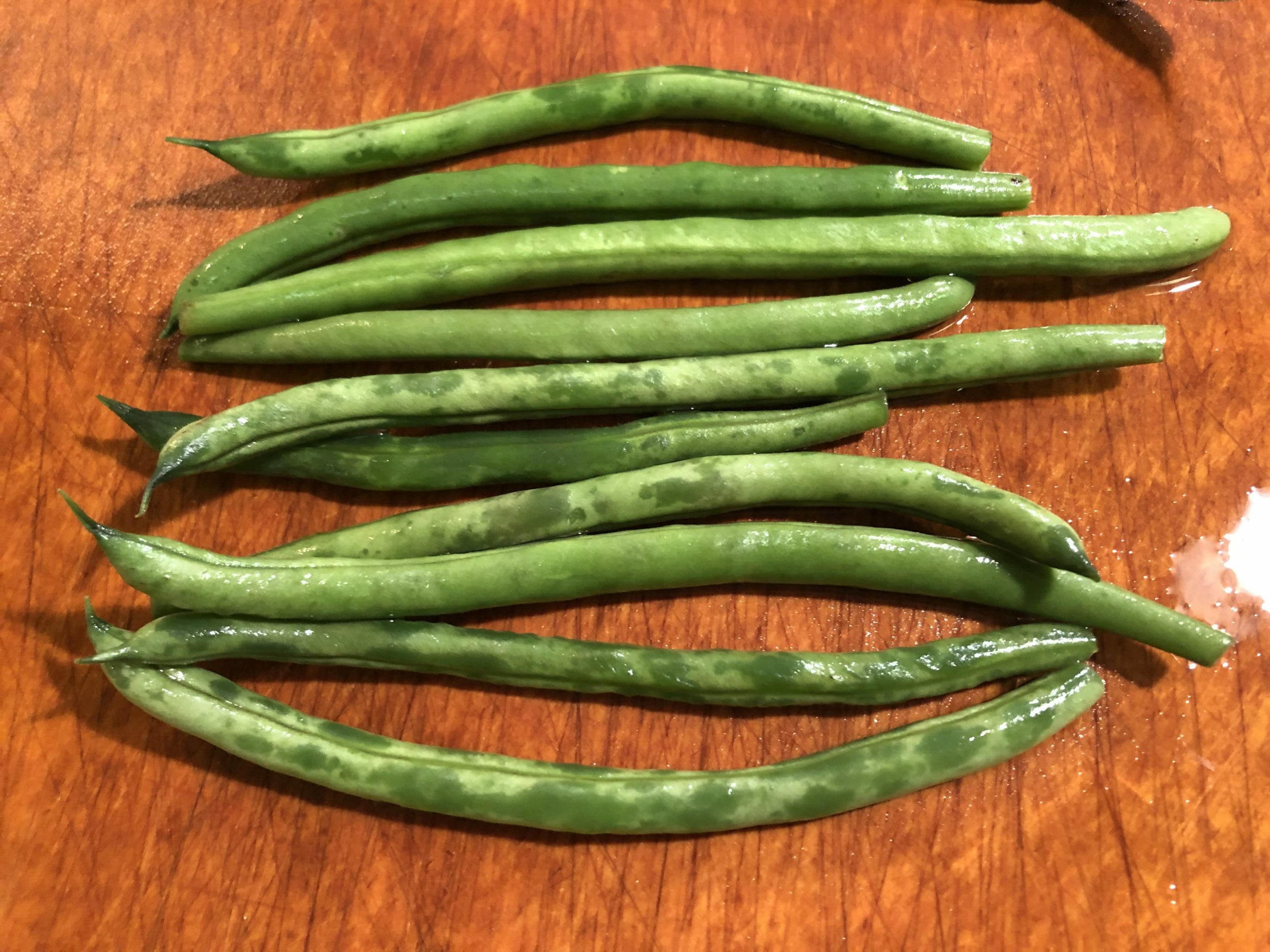
Reasons for sliminess in cooked green beans
The sliminess observed in cooked green beans can be attributed to several factors. One of the main causes is the breaking down of cell walls within the beans during the cooking process. This breakdown releases a gel-like substance called mucilage, which contributes to the slimy texture. Additionally, the interactions between various components of the beans, such as proteins and polysaccharides, further contribute to the sliminess.
Chemical reactions during cooking
Several chemical reactions take place when green beans are cooked, contributing to their slimy texture. The Maillard reaction, a reaction between amino acids and reducing sugars, can occur at high temperatures and result in the development of brown colors and flavorful compounds. Enzymatic activity also plays a role in the breakdown of proteins and other components, influencing the texture of the beans.
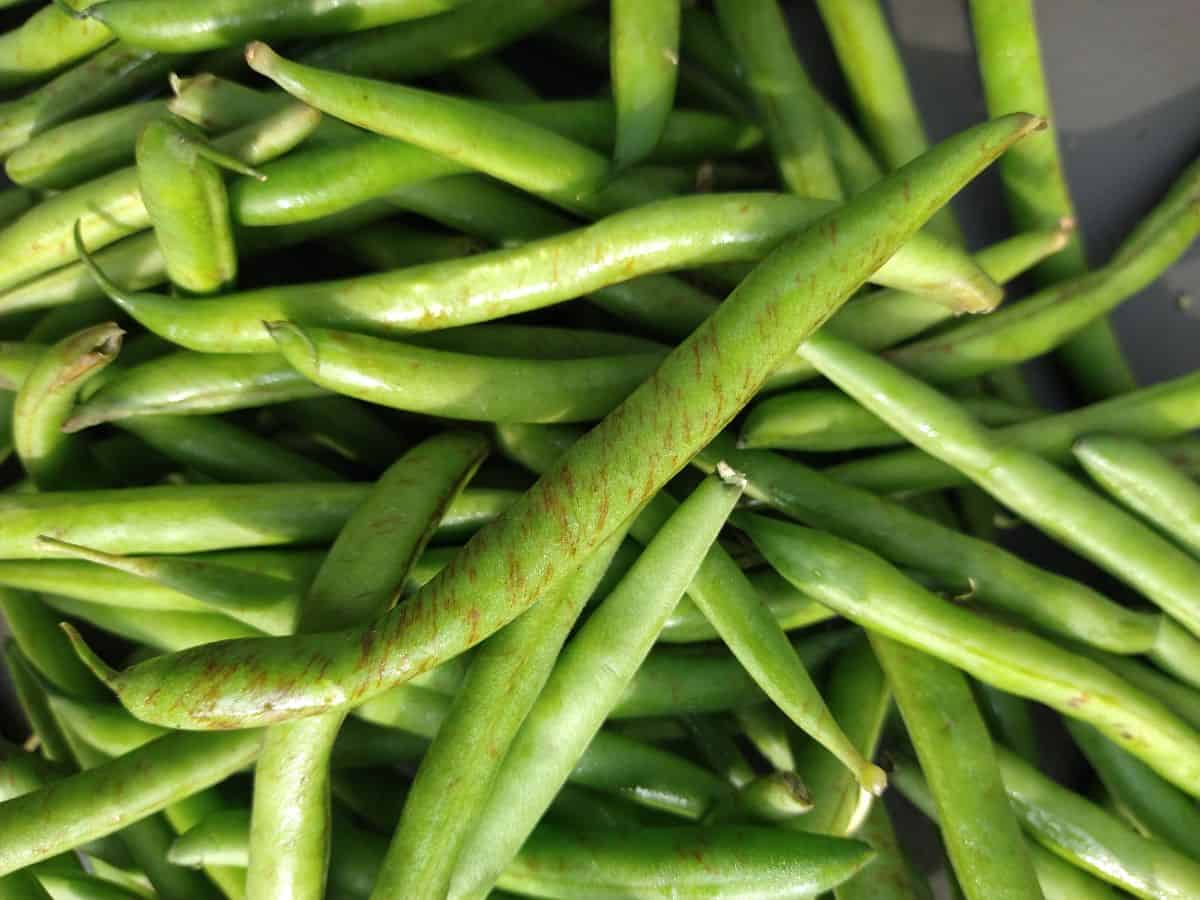
Role of heat in sliminess
Heat plays a crucial role in the sliminess of green beans. At high temperatures, proteins undergo denaturation, causing them to unfold and interact with other molecules. This denaturation process can lead to the formation of gels, which contribute to the slimy texture. The longer the beans are cooked, the more pronounced the sliminess becomes.
Pectin breakdown
Pectin is a type of polysaccharide found in the cell walls of plants, including green beans. It acts as a cementing substance, providing structure and rigidity to the cell walls. However, during cooking, the pectin can break down due to heat and enzymatic activity. This breakdown of pectin contributes to the slimy texture observed in cooked green beans.
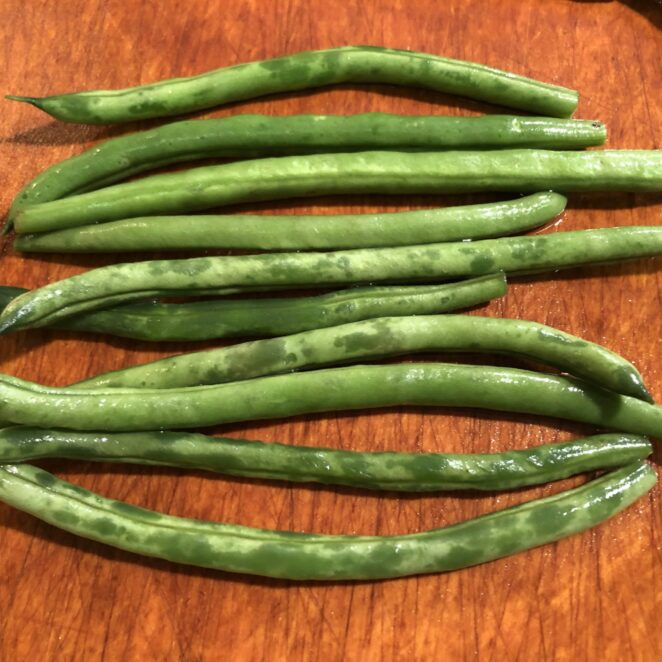
Presence of polysaccharides
Polysaccharides, such as starches and hemicelluloses, are present in green beans and can contribute to their sliminess. These complex carbohydrates have a high molecular weight and can increase the viscosity of a solution, resulting in a slimy or sticky texture. The concentration and composition of these polysaccharides play a role in the degree of sliminess observed.
Exposure to alkaline pH
The pH of the cooking medium can also influence the sliminess of green beans. When exposed to an alkaline pH, such as that provided by baking soda or certain mineral-rich water sources, the breakdown of pectin is accelerated. This increased breakdown contributes to a more slimy texture in the cooked beans.
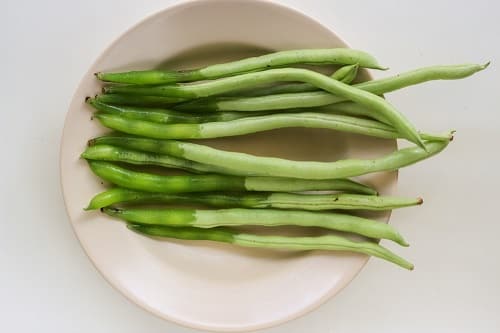
Influence of cooking method
The cooking method used can impact the sliminess of green beans. Boiling green beans for an extended period can increase the degree of sliminess due to the prolonged exposure to high temperatures. Steaming or sautéing green beans for a shorter duration can help retain their crisp texture and reduce the sliminess.
Tips to prevent sliminess
To minimize the sliminess of cooked green beans, there are several tips that can be followed. Firstly, avoid overcooking the beans and opt for shorter cooking times to retain their crispness. Blanching the beans in boiling water for a short period before cooking can help reduce the sliminess as well. Adding acidic ingredients such as lemon juice or vinegar during cooking can counteract the alkaline pH and minimize the breakdown of pectin. Finally, storing green beans properly in a cool, dry place and using fresh beans can also contribute to a better texture when cooked.
Conclusion
The sliminess observed in cooked green beans can be attributed to the breakdown of cell walls, release of mucilage, interactions between components, and various chemical reactions. Heat, pH, and the presence of polysaccharides play significant roles in the sliminess of green beans. Understanding these factors and implementing proper cooking techniques can help minimize the sliminess and ensure a more enjoyable culinary experience with green beans.
